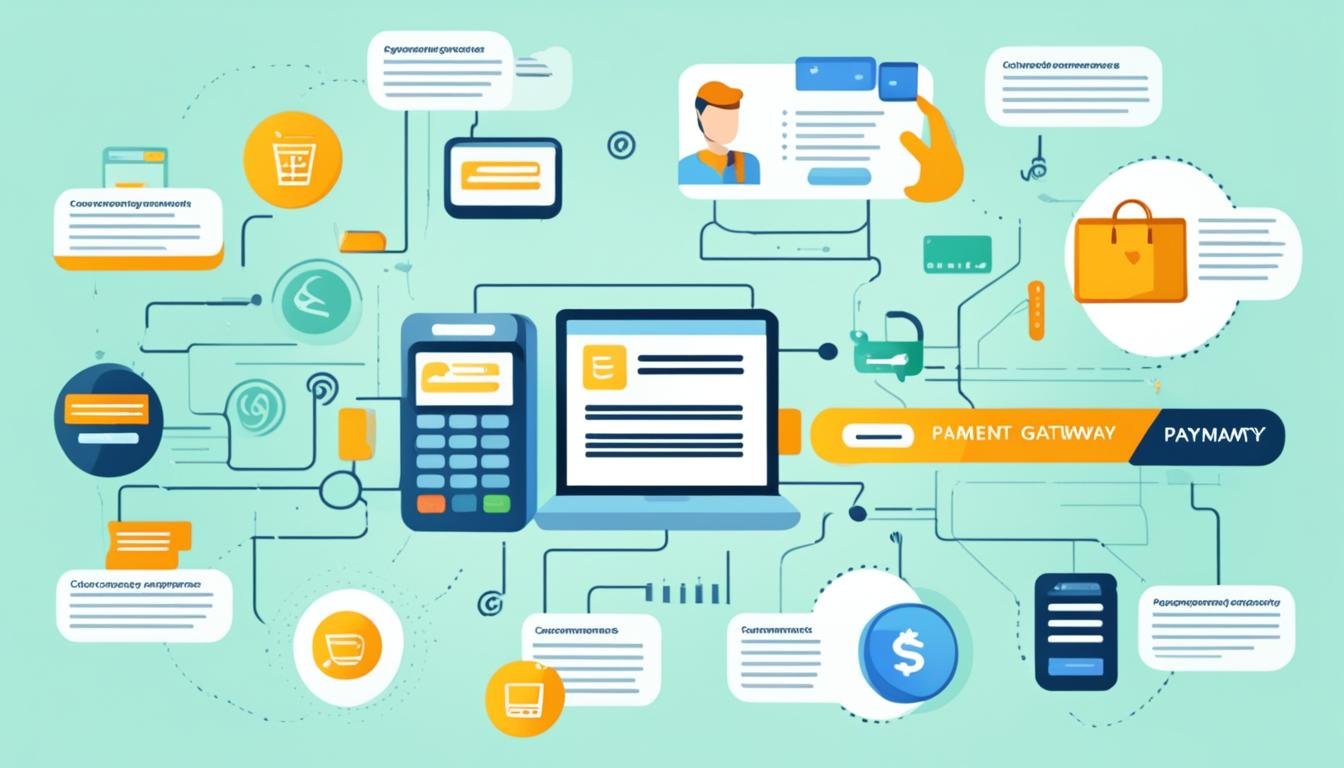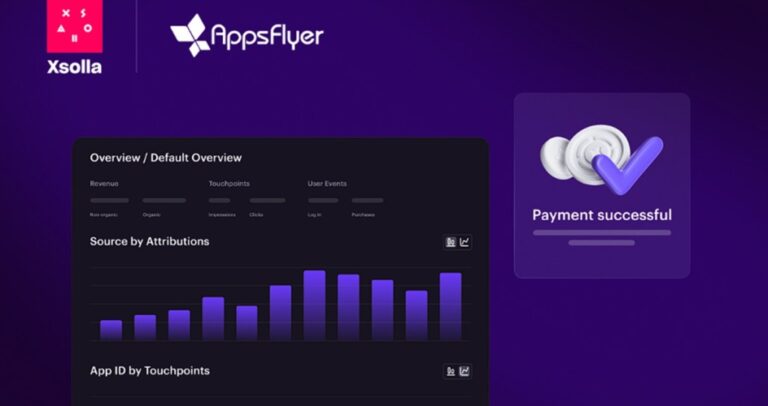Unlocking E-Commerce Success: The Ultimate Guide to Payment Gateway Technologies
In today’s digital economy, secure payment processing has become essential for e-commerce businesses. With more than 80% of U.S. purchases made using methods other than cash in 2022, understanding payment gateways is crucial for online retailers. These digital payment solutions facilitate secure and efficient transactions between consumers, businesses, and financial institutions.
Understanding Payment Gateways
Payment gateways are vital for seamless online transactions. They serve as intermediaries, collecting and authorizing customer payment information in real-time. This ensures that sensitive data is transferred securely, protecting both merchants and consumers from fraud.
Types of Payment Gateways
There are three main types of payment gateways, each with its unique features:
- On-Site Payments: The payment process occurs directly on the merchant’s servers, providing greater control and customization.
- Checkout On-Site, Payment Off-Site: Customers complete their purchase on the merchant’s site while the payment is processed through the gateway’s back end.
- Redirect Gateways: Customers are redirected to a third-party platform to complete their payment, adding layers of security.
How Payment Gateways Function
Payment gateways function through a series of steps that ensure secure transactions:
- Customers enter their payment information at checkout.
- The gateway encrypts this data and transmits it to the payment processor.
- The processor sends the information to the customer’s bank for authorization.
- Upon approval, the gateway facilitates the transfer of funds to the merchant’s account.
Limitations of Payment Gateways
While payment gateways are essential, they come with limitations:
- Compatibility Issues: Not all gateways accept every type of card or payment method.
- International Shopping: Limited options for international customers can deter sales.
- Higher Fees: Cross-border transactions may incur additional charges.
- Security Risks: Data breaches and fraud are ongoing concerns.
Choosing a Secure Payment Gateway
When selecting a payment gateway, consider:
- User Experience: Ensure a seamless checkout process.
- Visible Security Features: Look for security badges to build trust.
- Payment Options: A variety of payment methods increases customer satisfaction.
- Encryption and Compliance: Ensure the gateway meets PCI standards.
- Provider Reputation: Choose a provider known for reliable services.
Benefits of Stacking Payment Gateways
Utilizing multiple payment gateways offers various advantages:
- Enhanced Convenience: Customers can choose their preferred payment options.
- Increased Sales Conversion: More options lead to higher transaction completion rates.
- Reduced Risk: Backup gateways prevent missed sales during technical issues.
- Improved Customer Satisfaction: Catering to diverse preferences enhances the shopping experience.
Popular Payment Gateway Providers
Some well-known payment gateway providers include:
- PayPal: Offers multiple options and robust fraud protection.
- Stripe: Known for its flexibility and global payment support.
- Square: Ideal for both online and in-person transactions.
- Shopify Payments: Seamlessly integrates with Shopify stores.
- Adyen: Supports various currencies and advanced fraud detection.
Conclusion
In conclusion, understanding payment gateways and their functionalities is crucial for e-commerce success. By selecting the right gateway with robust security features and multiple payment options, businesses can enhance customer trust and streamline their online payment processes.
For further reading on payment gateways, check out these resources: Snipcart’s List of Payment Gateways and BigCommerce’s Guide on Payment Gateways.
This HTML-formatted article is designed to be SEO-friendly and plagiarism-free while ensuring readability and visual appeal.







